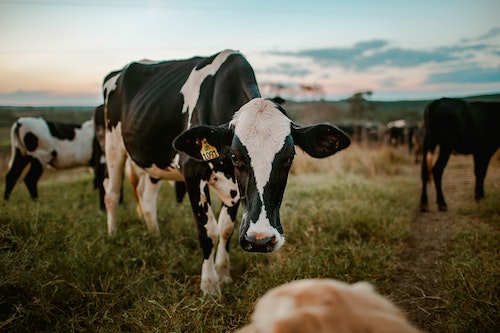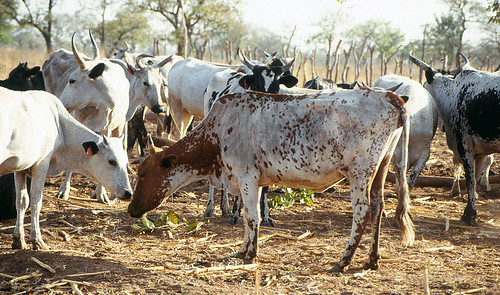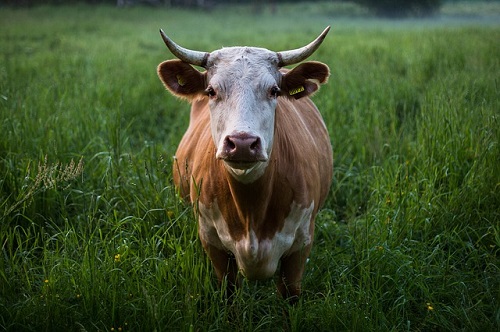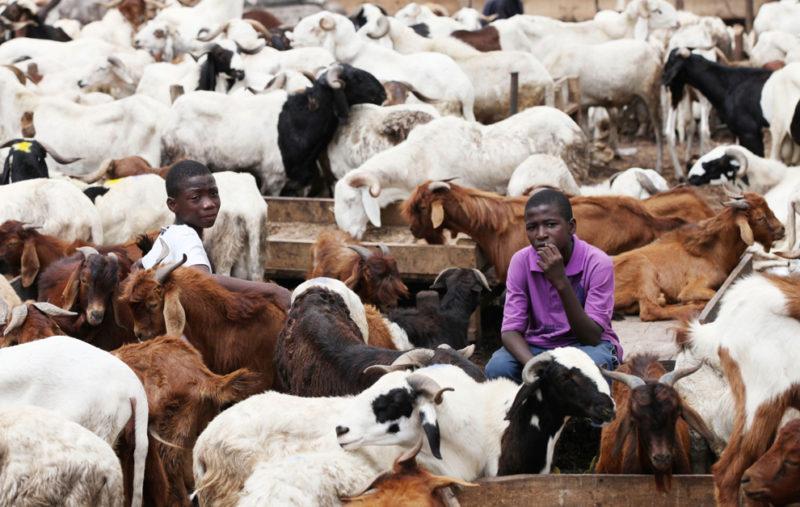Understanding common reasons why a cow won’t produce milk will help you avoid the volatility of operating a dairy farm. There are many factors that you won’t have any control over but that shouldn’t stop you from predicting potential milk shortages.
Let’s review some of the factors that affect a cow’s milk production so you know what to expect.
Environmental Impact on Milk Production
A cow’s environment has a direct impact on how much milk she produces. The focus is on keeping her as comfortable as possible. Anything that causes stress to a cow will negatively impact her milk production so it’s essential to plan ahead for storms and other natural events that could startle her.
Climate also plays a role. Cows raised in areas that experience extreme temperature changes will have lower milk production. Heat and humidity play the biggest roles. That’s why Wisconsin and Michigan have higher milk production than states like Texas. The extreme heat waves in the latter tend to cause stress in cows so they don’t produce as much milk.
Also Read: 10 High Milk-Giving Animals Excluding Cows
Feed Affects Milk Production
In addition to climate and weather, food plays an important role in milk production. Dairy cows must be well-fed but the quality of their feed is just as important. The problem is that farmers are limited by cost. Just keep in mind that if you can only afford lower-quality feed, then your cow won’t produce as much milk as you might expect.
Of course, there comes a point when a milk production increase isn’t worth the added cost of certain feed. This is different for each farmer so you’ll need to use your best judgment.
Biology and Its Effect on Milk Production
Different breeds will produce different amounts of milk. We’re seeing a lot of advancements in cow genetics that have led to efficient milk production. In short, cows that are bred specifically for milk production are going to put out more milk for a longer period of time. Naturally, these cows are more expensive.
Age also plays a pivotal role. Cows produce less milk as they get older so you need to factor in age when estimating your dairy farm’s production quota.
Illnesses Affect Production and Quality of Milk
Somatic cell count is a good way to measure a cow’s health. This is discovered by testing the milk. A high count indicates that the cow’s white blood cell count is high, which means she is fighting an illness. This will not only lead to reductions in milk production but affects the quality of the milk.
Other Factors that Have a Direct Impact on the Production of Milk
The truth is that there are a lot of small factors that will have an impact on milk production. While each of these factors plays a small role, they quickly add up so be sure to account for them.
- The frequency of milking must be carefully planned. Cows need a “dry” period between milking sessions in order to recuperate. But waiting too long also has a negative impact.
- Housing plays a role. Cows must have a comfortable place for milking where they are stress-free. When not being milked, they need space to graze.
- Cow comfort during milking affects milk production. She must be kept calm and allowed to feed during the milking process. Dairy equipment such as an automatic milking machine with a gentle vacuum suction has been shown to reduce stress while speeding up the milking process.
Plan Ahead for Lapses in Milk Production
The lesson to learn here is that you must factor all of these scenarios into your milk production estimates. When uncontrollable factors are at play, you need to account for lower milk production.



